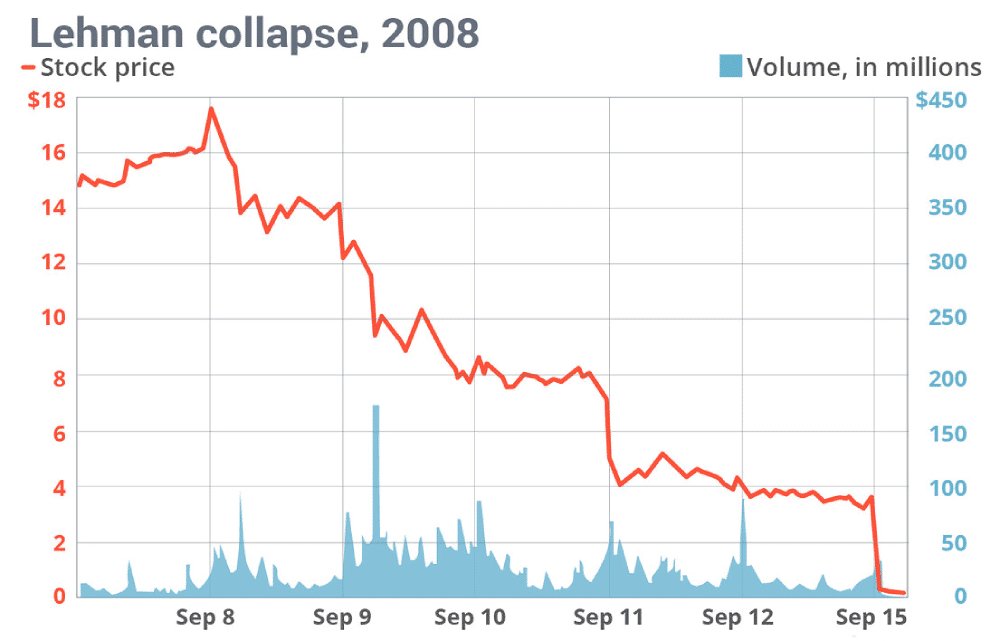Introduction
Bankruptcy is often seen as a last resort for businesses facing insurmountable financial challenges. Whether the company is burdened with debt, experiencing cash flow problems, or suffering from declining market share, bankruptcy provides a legal pathway to either restructure or liquidate the business. However, an often-overlooked component in this process is the treatment of business inventory—a critical asset that can play a significant role in both the bankruptcy process and the aftermath.
Understanding what happens to business inventory after bankruptcy is essential for business owners, creditors, investors, and even future entrepreneurs who may consider acquiring a failed business’s assets. This article explores the implications of bankruptcy on inventory, how it is handled under different bankruptcy chapters, and what business owners should consider when planning a financial recovery or closure.
1. Understanding Business Inventory in Bankruptcy Context
. Definition of Business Inventory
Business inventory refers to the goods a company holds for the purpose of resale, production, or service delivery. It includes:
-
Raw materials
-
Work-in-progress (WIP)
-
Finished goods
-
Merchandise
-
Supplies used in manufacturing
Inventory is considered a tangible asset on a company’s balance sheet and plays a significant role in the valuation and resolution of debts during bankruptcy.
. Importance of Inventory in Bankruptcy
Inventory is often one of the most valuable assets in a business’s portfolio. Its management during bankruptcy can:
-
Influence creditor settlements
-
Affect the outcome of reorganization plans
-
Determine the liquidation value of the business
-
Impact tax implications and liabilities
Because inventory can be sold or restructured into cash, it becomes a central element in negotiating and resolving debts.
2. Types of Business Bankruptcy
The treatment of inventory depends largely on the type of bankruptcy filed. In the U.S., the most common types are Chapter 7 and Chapter 11.
. Chapter 7: Liquidation
Chapter 7 is used when a business is shutting down permanently and cannot continue operating. In this form of bankruptcy:
-
A court-appointed trustee takes control of the company’s assets.
-
All business assets, including inventory, are liquidated to pay off creditors.
-
Once the assets are distributed, the business ceases to exist.
In Chapter 7, inventory is sold at auction or wholesale prices, often at a significant discount, and the proceeds are distributed to secured and unsecured creditors.
. Chapter 11: Reorganization
Chapter 11 allows businesses to reorganize their debts and operations with the goal of becoming profitable again. Under this structure:
-
The company may continue to operate while restructuring.
-
Inventory may be retained, sold, or repurposed depending on the reorganization plan.
-
The business may negotiate with creditors to modify repayment terms.
In Chapter 11, the handling of inventory is more strategic and may involve restocking, renegotiating supplier contracts, or using inventory to secure new financing.
3. Role of the Bankruptcy Trustee
A bankruptcy trustee is appointed to oversee the process and ensure fair treatment of all stakeholders. Their role concerning inventory includes:
-
Assessing inventory value through appraisers or market pricing
-
Determining whether the inventory should be sold immediately or held
-
Coordinating liquidation efforts such as auctions or private sales
-
Verifying the accuracy of inventory records provided by the debtor
In some cases, if inventory is perishable or seasonal, the trustee may expedite the sale to preserve its value.
4. Inventory Valuation in Bankruptcy
. Methods of Valuation
Inventory must be accurately valued to ensure fair distribution of assets. Common methods include:
-
Cost Method: Based on the original purchase price or manufacturing cost.
-
Market Value: Current resale value in the open market.
-
Liquidation Value: Estimated value when sold quickly, usually below market price.
. Impact on Creditors
Inventory value directly affects what creditors receive. Secured creditors with liens on inventory may recover more than unsecured creditors. Lower inventory valuation can mean reduced returns for all parties involved.
5. What Happens to Inventory After Bankruptcy?
. In Chapter 7 Bankruptcy
Once the inventory is sold:
-
Proceeds are used to pay off creditors in order of priority: secured, administrative, unsecured.
-
Leftover inventory, if any, is typically abandoned or disposed of.
-
Business owners have no control over what happens to inventory unless they buy it back.
. In Chapter 11 Bankruptcy
Inventory may be:
-
Retained for ongoing operations
-
Sold to raise capital
-
Used as collateral for debtor-in-possession financing
-
Revalued or restructured in the business’s new operating model
A successful reorganization allows the business to continue using inventory while it stabilizes its finances.
6. Inventory and Secured Creditors
Secured creditors often have a lien or security interest in a business’s inventory. In bankruptcy:
-
They are given priority in receiving proceeds from the sale of that inventory.
-
If inventory is not enough to cover the debt, they become partially unsecured creditors for the balance.
-
If a reorganization plan is approved, they may agree to revised terms, such as deferred payments.
Understanding the nature of liens and secured debt is critical in anticipating how inventory will be treated.
7. Tax Implications
Bankruptcy and inventory liquidation come with tax consequences. These include:
-
Capital Gains or Losses: Depending on the sale price compared to the inventory’s book value.
-
Sales Tax Obligations: Depending on state laws, taxes may still be owed on inventory sales.
-
Write-offs: Unsold or obsolete inventory may be written off as a loss.
Consulting with a tax advisor is essential to ensure compliance and maximize deductions.
8. Post-Bankruptcy Business Opportunities
Once the bankruptcy process is complete, the question arises: what happens next? For many entrepreneurs, this could mean a fresh start.
. Buying Back Inventory
In some cases, former business owners or competitors may purchase the inventory from the bankruptcy estate. This can be an opportunity to:
-
Restart operations under a new business entity
-
Rebrand and relaunch with a leaner cost structure
-
Avoid the burden of old debts
. Starting Over
With experience and lessons learned, former owners may open a new business with:
-
More efficient inventory management
-
Improved financial oversight
-
Stronger supplier relationships
A business failure does not always signal the end—it can be the beginning of a smarter, more sustainable enterprise.
9. Managing Inventory Before Filing Bankruptcy
To protect your interests and minimize losses, proactive inventory management before filing is essential.
. Conduct an Accurate Inventory Count
Ensure that all inventory is accounted for and documented. Inaccurate reporting can result in legal consequences.
. Evaluate Inventory Turnover
Understanding which items are moving and which are stagnant can inform decisions about what to sell, retain, or discount before bankruptcy.
. Avoid Fraudulent Transfers
Do not attempt to transfer inventory to friends, family, or other entities to shield it from bankruptcy. This is illegal and can result in criminal charges.
10. Lessons from Real-World Examples
Throughout history, many well-known companies have filed for bankruptcy and managed their inventory in different ways. For instance:
-
Retail giants often sell inventory at deep discounts during liquidation sales.
-
Manufacturers may reorganize and continue operations using existing raw materials and unfinished goods.
-
E-commerce companies may negotiate with drop-shipping suppliers to return or offload unsold inventory.
These examples highlight the importance of a strategic approach to inventory during and after bankruptcy.
11. Key Considerations for Stakeholders
. For Business Owners
-
Understand the legal and financial implications of inventory treatment.
-
Be transparent with the trustee and creditors.
-
Avoid making decisions that could be seen as preferential or fraudulent.
. For Creditors
-
Know your rights regarding inventory liens.
-
Participate actively in creditor meetings and negotiations.
-
Review the proposed inventory sales or retention plans critically.
. For Investors and Buyers
-
Evaluate inventory value before acquiring it.
-
Understand any legal encumbrances or liabilities attached to it.
-
Consider how inventory can be integrated into your business strategy.
Conclusion
Bankruptcy is never an easy process, but it can offer a pathway to recovery or closure when managed effectively. For businesses, inventory is not just a physical asset—it’s a pivotal component of the bankruptcy process that can influence creditor settlements, affect future opportunities, and determine the legacy of the company.
Whether the business is closing its doors or attempting a turnaround, inventory must be handled with transparency, strategy, and legal care. Understanding its role and potential post-bankruptcy value can help business owners, creditors, and buyers make informed decisions that support recovery, integrity, and new beginnings.

